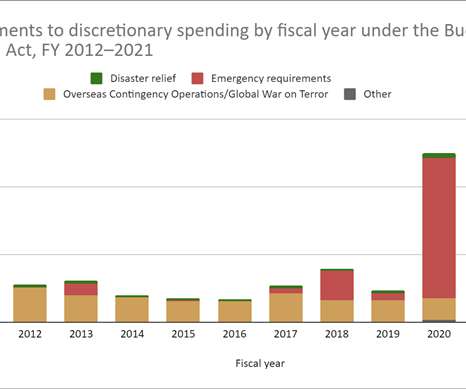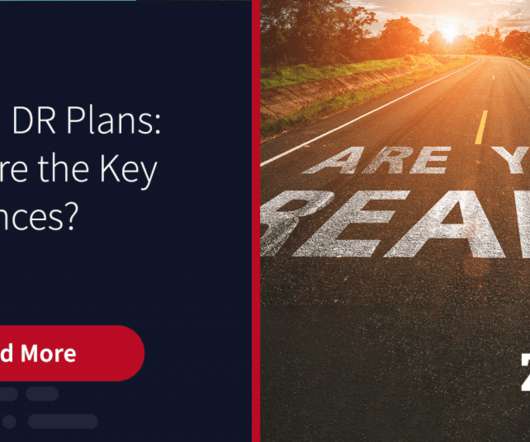Reflections on the 20th Anniversary of 9/11: Where we have been and where we are headed in disaster management
National Center for Disaster Prepardness
SEPTEMBER 10, 2021
It is also a time for us, particularly in the disaster preparedness community, to reflect on what has changed since 9/11 and what has not. The COVID-19 pandemic presented us with an unprecedented merger of international and domestic policy, priorities, and politics in many ways foreshadowed by the Ebola crisis of 2014.











Let's personalize your content